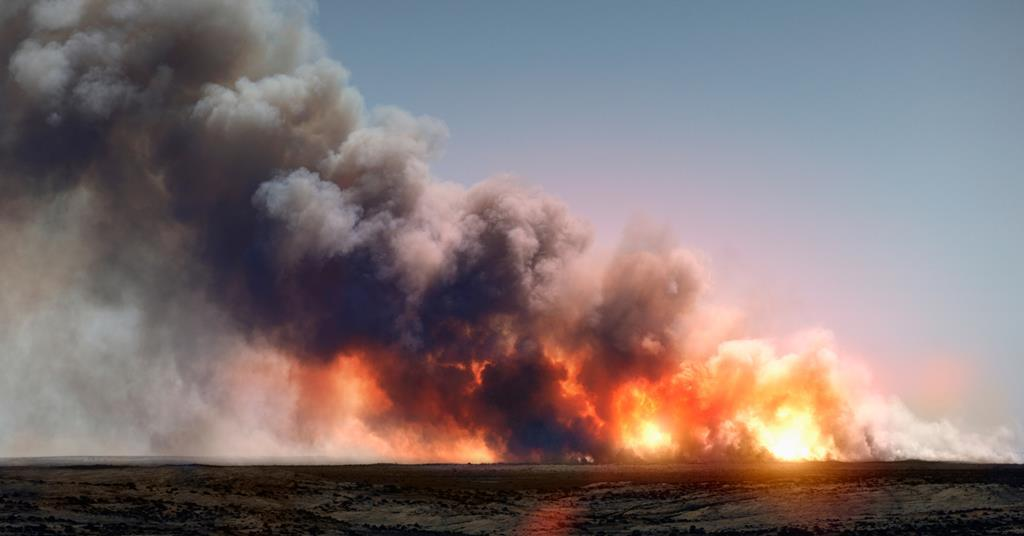Flame
flame by Delta publications
key notes :

Definition of a Flame
- A flame is a visible, gaseous part of a fire. It results from the combustion of a material in the presence of oxygen.
Structure of a Flame

A flame typically has three zones:
- Innermost Zone: Dark and unburnt. It contains unburnt fuel and is the coolest part.
- Middle Zone: Luminous and yellow. It is moderately hot and contains partially burnt carbon particles.
- Outermost Zone: Non-luminous and blue. It is the hottest part where complete combustion occurs.
Types of Flames

- Luminous Flame: Yellow in color, occurs due to incomplete combustion. It produces more light and soot.
- Non-Luminous Flame: Blue in color, occurs due to complete combustion. It is hotter and cleaner.
Conditions for Combustion
- Presence of a combustible substance.
- Availability of oxygen.
- Ignition temperature (minimum temperature required to ignite the substance).
Examples of Flames

- Candle flame (luminous flame).
- Gas stove flame (non-luminous flame).
Applications of Flames
- In domestic cooking (blue flame for higher efficiency).
- In industries (welding torches use oxyacetylene flames).
Safety Measures
- Avoid flammable materials near open flames.
- Use fire extinguishers to control accidental fires.
Flame and Pollution

- Incomplete combustion in flames releases pollutants like soot and carbon monoxide.
Let’s practice!

